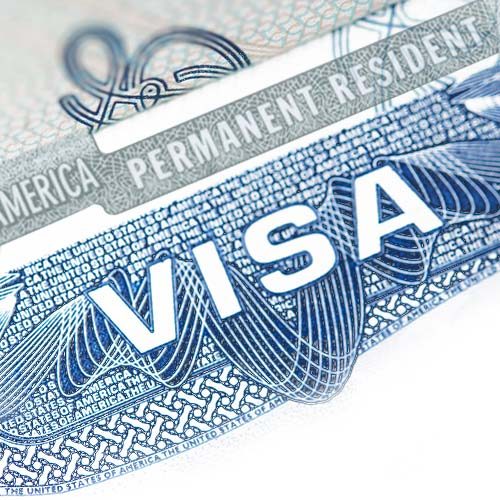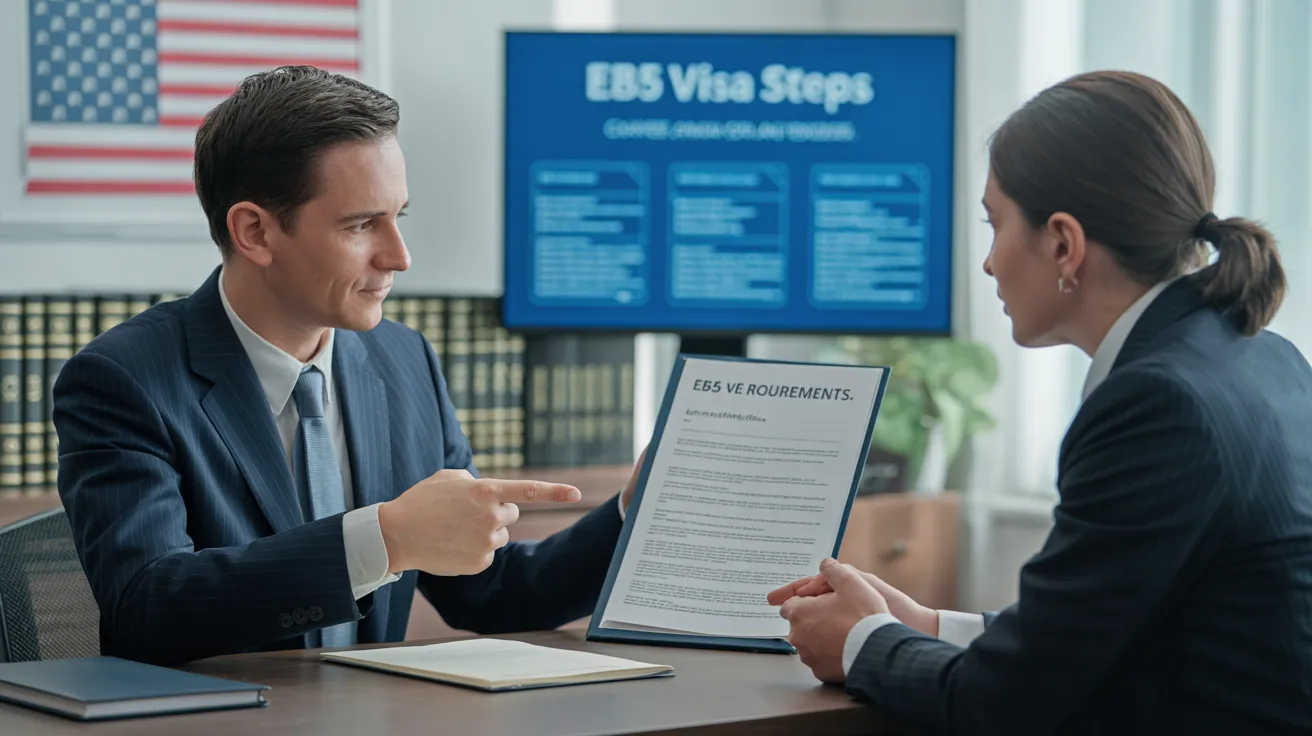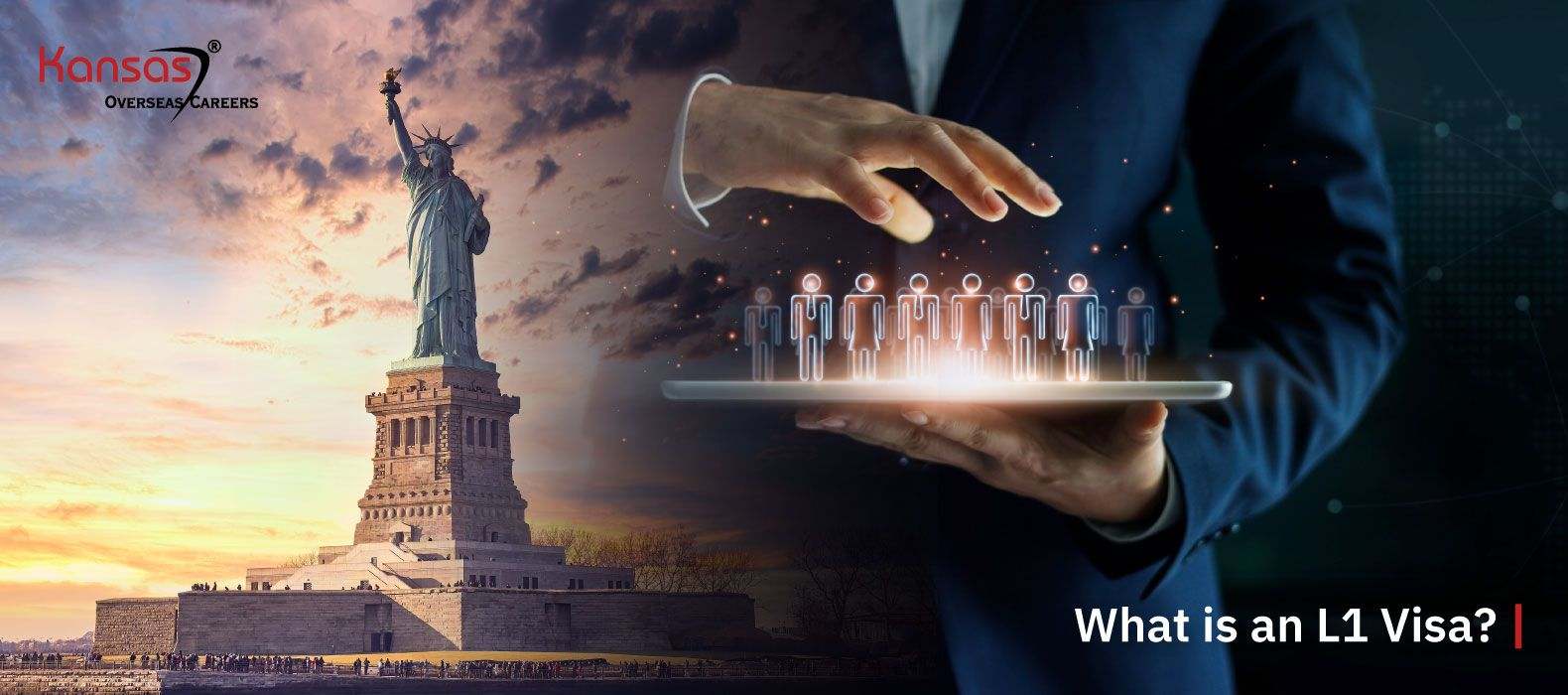Unknown Facts About L1 Visa
Table of ContentsL1 Visa for DummiesL1 Visa Can Be Fun For EveryoneThe Basic Principles Of L1 Visa Rumored Buzz on L1 VisaThe Of L1 VisaRumored Buzz on L1 Visa
Available from ProQuest Dissertations & Theses International; Social Science Costs Collection. (2074816399). (PDF). Congress. (PDF). DHS Workplace of the Assessor General. (PDF). (PDF). "Nonimmigrant Visa Statistics". Recovered 2023-03-26. Department of Homeland Safety And Security Office of the Assessor General, "Evaluation of Vulnerabilities and Possible Abuses of the L-1 Visa Program," "A Mainframe-Size Visa Loophole".
United State Division of State. Obtained 2023-02-08. Tamen, Joan Fleischer (August 10, 2013).
The smart Trick of L1 Visa That Nobody is Discussing
In order to be qualified for the L-1 visa, the foreign firm abroad where the Recipient was utilized and the United state company must have a qualifying partnership at the time of the transfer. The different kinds of qualifying relationships are: 1.
Firm A has 100% of the shares of Company B.Company A is the Parent and Business B is a subsidiary. There is a qualifying partnership between the two business and Company B ought to be able to fund the Beneficiary.
Instance 2: Firm A is integrated in the U - L1 Visa.S. and desires to seek the Recipient. Company B is integrated in Indonesia and uses the Recipient. Business An owns 40% of Firm B. The continuing to be 60% is owned and regulated by Company C, which has no connection to Business A.Since Business A and B do not have a parent-subsidiary relationship, Company A can not sponsor the Beneficiary for L-1.
Instance 3: Business A is included in the U.S. and desires to request the Beneficiary. Company B is incorporated in Indonesia and utilizes the Recipient. Company A possesses 40% of Business B. The continuing to be 60% is owned by Business C, which has no connection to Business A. Nevertheless, Business A, by official contract, controls and full takes care of Firm B.Since Company A has much less than 50% of Firm B however takes care of and controls the firm, there is a certifying parent-subsidiary partnership and Company A can fund the Recipient for L-1.
The smart Trick of L1 Visa That Nobody is Talking About
Associate: An associate is 1 of 2 subsidiaries thar are both had and regulated by the same parent or person, or owned and managed by the exact same team of individuals, in L1 Visa attorney generally the very same proportions. a. Example 1: Company A is included in Ghana L1 Visa law firm and employs the Recipient. Company B is integrated in the U.S.
Firm C, also incorporated in Ghana, possesses 100% of Company A and 100% of Business B.Therefore, Business A and Business B are "affiliates" or sister business and a certifying relationship exists between both business. Firm B need to be able to fund the Beneficiary. b. Example 2: Firm A is included in the U.S.
Firm A is 60% possessed by Mrs. Smith, 20% had by Mr. Doe, and 20% had by Ms. Brown. Firm B is included in Colombia and presently utilizes the Recipient. Company B is 65% possessed by Mrs. Smith, 15% possessed by Mr. Doe, and 20% owned by Ms. Brown. Business A and Business B are associates and have a certifying partnership in 2 different means: Mrs.
The L-1 visa is an employment-based visa group developed by Congress in 1970, allowing international companies to move their managers, executives, or crucial personnel to their U.S. operations. It is commonly referred to as the intracompany transferee visa. There are two primary sorts of L-1 visas: L-1A and L-1B. These kinds appropriate for workers employed in various settings within a company.

In addition, the recipient must have functioned in a managerial, exec, or specialized employee position for one year within the 3 years coming before the L-1A application in the foreign company. For new workplace applications, international employment must have remained in a supervisory or executive capability if the beneficiary is concerning the United States to function as a supervisor or executive.
What Does L1 Visa Do?

If granted for an U.S. company functional for more than one year, the first L-1B visa is for as much as 3 years and can be extended for an added two years (L1 Visa). On the other hand, if the united state company is recently established or has been operational for much less than one year, the first L-1B visa is released for one year, with extensions available in two-year increments
The L-1 visa is an employment-based visa category established by Congress in 1970, enabling multinational companies to transfer their supervisors, executives, or crucial personnel to their U.S. operations. It is frequently referred to as the intracompany transferee visa.
The Greatest Guide To L1 Visa
Furthermore, the recipient has to have operated in a supervisory, executive, or specialized staff member setting for one year within the 3 years preceding the L-1A application in the foreign firm. For new office applications, foreign employment has to have remained in a supervisory or executive capability if the recipient is pertaining to the USA to work as a supervisor or executive.
for as much as 7 years to supervise the procedures of the U.S. associate as an executive or supervisor. If provided for a united state firm that has actually been operational for greater than one year, the L-1A visa is at first provided for approximately 3 years and can be prolonged in two-year increments.
If provided for a united state firm operational for greater than one year, the first L-1B visa is for up to 3 years and can be prolonged for an extra 2 years. Alternatively, if the U.S. company is recently developed or has been functional for much less than one year, the initial L-1B visa is issued for one year, with expansions readily available in two-year increments.